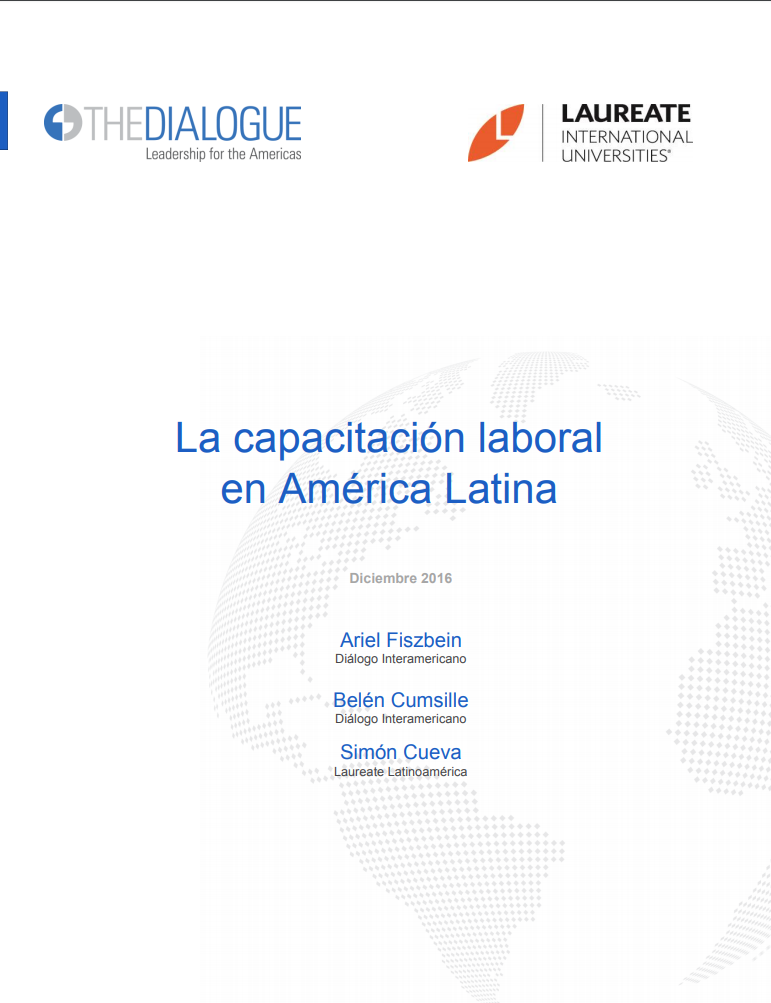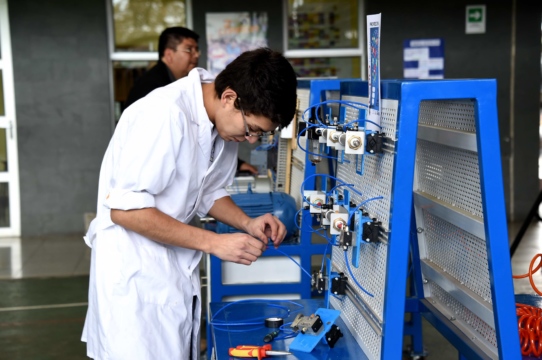
Mexico’s Energy Reform & the Skills Gap
Mexico has no shortage of skilled workers but needs to better align the qualifications of its graduates with the needs of the energy sector.
This post is also available in: Español
Over the last 20 years, Latin American governments have invested in improving their education systems, particularly school enrollment. This has led to improvements in the region’s educational attainment rates. While the beginning of the 1950s the average Latin American was not finishing primary school (5 years of schooling), by the 2010s this person was graduating from secondary school (12 years of schooling).
Despite these important strides, the skill levels of the region’s workforce continue to be low in comparison to those of developed countries. Moreover, there is growing evidence that higher educational attainment rates coexist with wide gaps in cognitive, technical and socio-emotional skills. This has led to productivity issues in the region, limiting the countries’ growth potential in relation to other developing regions. In this context, the issue of workforce training has become very relevant as a way for the region’s countries to improve, in the short-term, their populations’ skills, and as a result improve job productivity.
This report seeks to present a general overview of job training in Latin America as a first step towards advancing a public debate agenda on how to improve opportunities for job training in an effective and efficient way. Using information from surveys to businesses, homes and service providers, as well as data from available publications, this report shows there are serious information gaps that limit our understanding of the dynamics and behavior of the training markets.
Read about the event report launch here.

Mexico has no shortage of skilled workers but needs to better align the qualifications of its graduates with the needs of the energy sector.
There is a gap between the skills that the Latin American workforce offers and the skills that companies in the region demand.
What are the main benefits and challenges of secondary technical and vocational education for Latin American countries?


